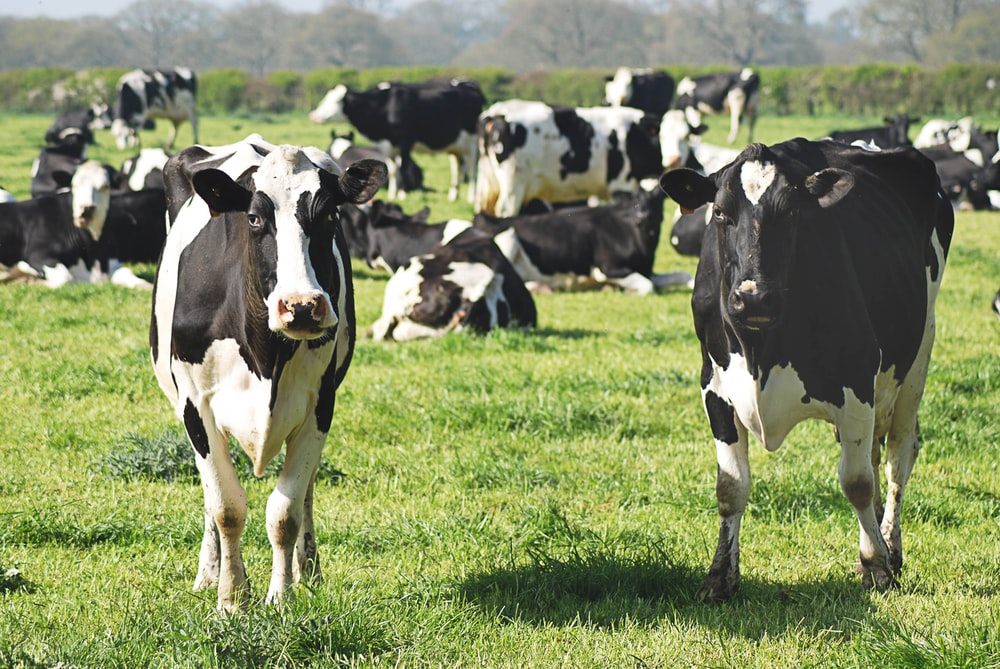



Article by: Hari Yellina
The current cutting-edge studies utilising DNA extracted from cattle tail hair to determine genetic makeup has generated a new discovery that could pay off big in the northern beef business. The animal’s age can also be determined using real-time sequencing, which scientists intend to fine-tune to within a few months. The age-reading approach, which employs an existing sequencing apparatus, was created by University of Queensland academics, who claim it has the potential to address a major issue influencing manufacturing efficiency. Individual births of these animals are unknown because many northern herds are only gathered once a year.
Professor Ben Hayes, head of the UQ Centre for Animal Science, noted that this makes it impossible to establish baseline growth rates, apply genomic forecasts, and has negative implications for herd management. Dr Elizabeth Ross, a UQ Research Fellow, led the age-reading project, which used Oxford-developed portable DNA sequencing equipment called MinION. This method of extracting DNA from an animal’s tail hair works for all ages in a herd, from five days to fourteen years. “There will be benefits for producers across the board,” she added, citing enhanced herd fertility, growth rates, health, and meat qualities as examples. The team is currently aiming to incorporate hundreds more tail hair samples before introducing the system to cattle stations for proof-of-concept trials later this year. Within five years, these instruments were supposed to be commercially available. Prof Hayes believes that in the long run, producers will be able to undertake crush-side DNA testing and make on-the-spot judgments such as ‘this heifer was born early in the season, therefore we’ll mate her’ or ‘this animal will be culled.’ In the short term, he believes that adoption of the technology will begin with the help of a consultant. If producers adopt the method, it may provide both an age estimate and genomic forecasts from a single DNA test, according to Dr. Ross. Additionally, it could provide both an age estimate and genomic projections from a single DNA test.